Why you can trust Sunlight Media
- Expertise and Experience:Our content is crafted by seasoned professionals with extensive experience in digital marketing, ensuring you receive accurate and actionable advice.
- Unbiased Information:We provide impartial insights and recommendations based solely on what's best for your business, without any hidden agendas or promotions.
- Thorough Research:Our articles are backed by comprehensive research and the latest industry trends, ensuring you stay informed with reliable and up-to-date information.
- Transparency and Honesty:We believe in complete transparency. We disclose our sources, methodologies, and any potential conflicts of interest, so you can trust the integrity of our content.
- Continuous Improvement:We constantly review and update our content to reflect the latest developments in digital marketing, so you always have access to the most current and relevant information.

In 2023, eCommerce keeps evolving, and Magento stays at the forefront. This blog post explores the top new Magento Website Development features this year.
We’ll cover various topics, from easy installation to new themes, better content management, and marketing tool integration.
Here is a summary of the topics we’ll cover in this blog post;
- Learn how beginners can set up Magento stores with a one-click installation process.
- Learn about the upgraded dashboard, enhancing the user experience for store owners and customers.
- Discover a variety of themes for your Magento eCommerce store to create a unique shopping experience.
- See how performance upgrades lead to faster loading and improved user experience.
- Learn how Magento’s security updates protect your eCommerce site from potential threats.
- Magento now integrates with marketing tools, helping you create attention-grabbing headlines.
- Improved content management features make organizing blog posts and product descriptions easier.
- Magento’s seamless integration with third-party extensions expands your store’s capabilities.
- Stay ahead of the competition with best practices for Magento website development in 2023.
Learn how beginners can set up Magento stores with a one-click installation process.
Thanks to the one-click installation process, setting up a Magento online store is now easier for beginners. This user-friendly method requires minimal technical knowledge and can be completed quickly. Here’s a step-by-step guide for setting up a Magento store using the one-click installation process:
- To start, choose a web hosting provider that offers one-click installations for Magento Open Source. Ensure your hosting plan meets Magento’s server requirements.
- Then, sign up for a hosting plan, log in to your hosting account, and go to the control panel (cPanel).
- In cPanel, locate the “Autoinstallers” section. If your host provides one-click installations for Magento, click the Magento icon.
- The option to start the installation process appears upon clicking the Magento icon. Set up an admin username, password, and email address.
- Next, follow the on-screen instructions to finish the installation, such as selecting a database, naming your store, and picking a default language and currency.
- Once the installation is complete, you’ll receive a confirmation message with the details needed to access your new Magento store’s admin panel.
- Lastly, log in to your Magento admin panel using the provided credentials, and customize your store by adding themes and products and configuring settings.
By following these straightforward steps, beginners can quickly and effortlessly set up a Magento store using the one-click installation process.
Learn about the upgraded dashboard, enhancing the user experience for store owners and customers.

- More straightforward navigation: The redesigned dashboard features a user-friendly layout, making finding and accessing essential functions simply.
- Additionally, better reporting: The upgraded dashboard provides detailed and customizable reports, giving store owners valuable insights into sales, customer behavior, and overall performance.
- Improved product management: Managing products becomes more straightforward with better sorting, filtering, and search options, allowing quicker updates and modifications.
- Moreover, streamlined order management: The upgraded dashboard simplifies order processing and tracking, helping store owners manage customer orders and improve customer satisfaction.
- Advanced marketing tools: The new dashboard integrates powerful marketing tools that allow store owners to create effective promotions, manage email campaigns, and analyze their results.
- Responsive design: The upgraded Magento dashboard is built responsive, ensuring a consistent user experience across various devices, such as desktops, tablets, and smartphones.
- Furthermore, enhanced security features: The dashboard includes built-in security measures to protect sensitive data and help store owners maintain a secure online environment.
- Extensibility and customization: The upgraded dashboard allows for easy integration of third-party extensions and customization to suit each store’s unique needs better.
By incorporating these improvements, the upgraded Magento dashboard significantly enhances the user experience for store owners and customers, making it an even more powerful eCommerce platform.
Discover a variety of themes for your Magento eCommerce store to create a unique shopping experience.
Numerous Magento themes are available to help you create a unique shopping experience for your eCommerce store. Some of the top themes include:
- Unicase – A multipurpose responsive Magento theme, ideal for a Google-friendly and SEO-optimized store. It is fast, lightweight, and fully customizable, offering six ready-to-import demos.
- Pixtron – A free, responsive, clean, and modern Magento 2 theme suitable for beginners, as it doesn’t require any programming skills. It can give your store a creative and unique look.
- Game Store – A niche theme explicitly designed for gaming stores, showcasing the variety of themes available for the Magento platform.
- Infinit – A custom Magento theme well-suited for various stores, including food, baby products, apparel, technology, and supermarket. It is highly flexible and customizable, allowing you to modify any design with different layouts and colors.
- Porto – A best-selling Magento premium theme powered by Bootstrap 4, suitable for various business categories such as fashion, apparel, home decor, and electronic appliances. It offers 20+ demos.
- Ves Fashion – A best-selling theme from Venus with a pure white and black design, perfect for showcasing any product type. It combines colors, arrangements, and textures to make your store more elegant and gracious.
- Ketty – A free clothing store Magento template following modern web design and fashion trends. It quickly adapts to all screen sizes for an optimal user experience, with flexible images and texts.
You can explore more themes and templates for your Magento eCommerce store on the Magento Marketplace
See how performance upgrades lead to faster loading and improved user experience.
Performance upgrades can significantly contribute to faster loading times and an improved user experience. Some of how performance enhancements can lead to better loading times and user experience include:
- Faster navigation and switching between tasks: In the case of Microsoft Teams, performance enhancements resulted in a 9% faster navigation to the ‘Pre-meeting join’ screen, a 4.5% faster opening of a calling/meeting window, and a 13-20% improvement in switching between chat, activity feed, and channels.
- Optimized website elements: Compressing and reducing file sizes without compromising quality can improve website performance. One such method is Gzip, a robust and reliable compression framework.
- Embedded images in CSS files: Using data URIs to embed images directly into CSS files can reduce the number of HTTP requests required to load a page, thereby improving page loading speed.
- Reduced image size: Compressing and optimizing images for the web can reduce their file size without compromising quality, which improves loading times.
- Lazy loading techniques: Implementing lazy loading can ensure that only the resources the user needs at a given time are loaded, reducing the amount of data required and improving the overall performance of an app or website.
- Deferring videos: Deferring videos on a website can lead to faster page loading times by allowing the webpage’s main content to load quickly. This results in a smoother browsing experience, higher user engagement, and longer visit durations.
Performance upgrades can significantly impact website speed and user experience, leading to higher conversion rates, increased user engagement, and better organic rankings on search engines.
Learn how Magento’s security updates protect your eCommerce site from potential threats.

Magento 2.4.6 will fully support PHP 8.1 and introduce support for PHP 8.2 while removing support for PHP 7.4. This change will help eCommerce stores stay up-to-date with the latest PHP versions, enhancing security and performance.
Adobe has also released security updates for Adobe Commerce and Magento Open Source, resolving a critical vulnerability that could lead to arbitrary code execution. The company is aware of the limited attacks targeting Adobe Commerce customers using CVE-2022-24086 and has issued a security update to address this issue.
Magento 2.4.6 security features include eight security fixes and platform security improvements to strengthen the platform’s protection further. Adobe is committed to enhancing Magento’s security, and the release of Magento 2.4.6 aims to provide a more secure and reliable platform for eCommerce site owners.
Magento now integrates with marketing tools, helping you create attention-grabbing headlines.
As your business grows, consider using external tools to create captivating headlines. Several headline generator tools, like Jasper, assist in making eye-catching titles. Jasper, an AI writing assistant, does more than create headlines. Developed with expert copywriters’ input and trained on vast internet content, it generates unique, engaging headlines.
Widely praised for its headline creation skills, Jasper attracts readers and increases engagement. Employing AI technology, effectively analyzes the content context and generates relevant, appealing headlines.
Furthermore, think about linking your Magento store to marketing tools offering advanced content management and marketing features. For example, Adobe Experience Manager (AEM), a powerful CMS compatible with Magento, helps manage content efficiently and creates engaging customer experiences, including attention-grabbing headlines.
Improved content management features make organizing blog posts and product descriptions easier.
User-friendly Editor
Magento has focused on making its content editor more user-friendly and intuitive. This allows non-technical team members to manage blog posts and product descriptions without technical knowledge easily.
Modular Architecture
Magento’s modular architecture and open APIs make adding new features and functionality more straightforward. This flexibility allows businesses to customize their content management to suit their needs.
Advanced Content Organization
With Magento, users can manage and organize their blog posts and product descriptions through advanced content organization options. These include categorization, tagging, and scheduling features.
Integration with Third-party Tools
Magento’s platform allows seamless integration with various third-party tools like analytics, email marketing, and social media management. These integrations help businesses monitor the performance of their content, optimize their SEO strategy, and efficiently manage their online presence.
Enhanced Media Handling
Magento has improved media handling capabilities, allowing users to easily upload and manage images, videos, and other multimedia content. This feature simplifies adding visuals to blog posts and product descriptions, resulting in a more engaging user experience.
In conclusion, Magento’s improved content management features contribute to a better content management experience by offering a user-friendly editor, flexible architecture, advanced organization options, seamless integration with third-party tools, and enhanced media handling. These features ultimately make organizing blog posts and product descriptions easier for businesses using the Magento platform.
Magento’s seamless integration with third-party extensions expands your store’s capabilities.

Firstly, third-party extensions allow you to customize your store’s functionality according to your business needs. Since different businesses have unique requirements, these extensions can help you tailor your store to meet those needs. This can result in improved customer experiences and increased conversions.
Secondly, third-party extensions can save time and resources. Instead of developing custom features from scratch, you can use pre-built extensions to add the required functionality to your store. This reduces development time and costs and enables faster go-to-market for your online store.
Thirdly, third-party extensions can help you stay ahead of the competition. Your store can differentiate itself from other online stores by offering unique features and functionality. This can help attract and retain customers, increasing sales and revenue.
Finally, third-party extensions are often backed by the extension developers, who provide support and updates for their products. This can ensure the longevity and stability of your store’s functionality and offer store owners peace of mind.
Overall, Magento’s seamless integration with third-party extensions provides numerous benefits to store owners looking to expand their store’s capabilities. By leveraging these extensions, you can customize your store, save time and resources, differentiate yourself from the competition, and ensure the longevity and stability of your store’s functionality.
Stay ahead of the competition with best practices for Magento website development in 2023.
As we approach the midpoint of 2023, staying up-to-date with the latest best practices in Magento website development is essential to stay ahead of the competition. Here are some tips to help you do just that:
- Mobile Optimization: With the continued growth of mobile browsing, optimizing your Magento website for mobile users is crucial. This includes ensuring your site is responsive and loads quickly on mobile devices.
- Security: As online security threats continue to evolve, it’s essential to prioritize safety in your Magento website development. This includes using the latest security protocols, such as SSL certificates and two-factor authentication, and keeping your site updated with the latest security patches.
- User Experience: A seamless experience is critical to keeping visitors engaged and increasing conversions. Ensure your site is easy to navigate and search, with clear calls-to-action and streamlined checkout processes.
- Integration with Third-Party Tools: Magento’s integration capabilities make it easy to connect your website with other tools and platforms, such as payment gateways, marketing automation tools, and customer relationship management (CRM) systems. Take advantage of these integrations to expand your site’s capabilities and improve the customer experience.
- Performance Optimization: In today’s fast-paced digital landscape, site speed is more important than ever. Optimize your Magento website’s performance by minimizing page load times, optimizing images, and using a content delivery network (CDN) to deliver content faster.
Following these best practices for Magento website development in 2023 ensures that your site remains competitive and delivers a great user experience.

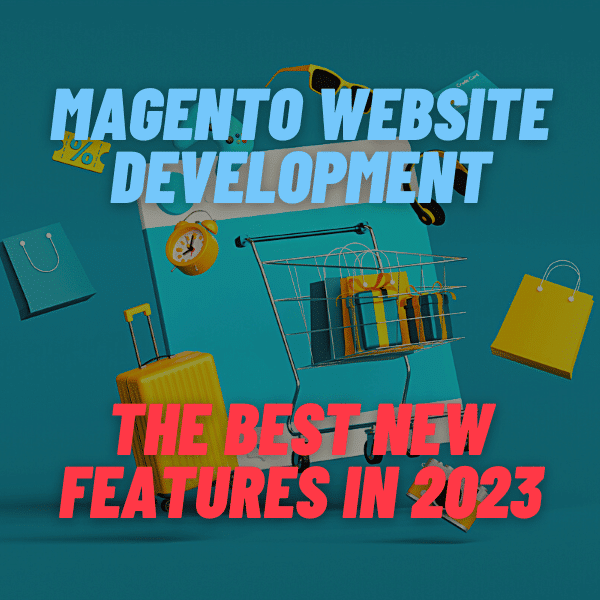


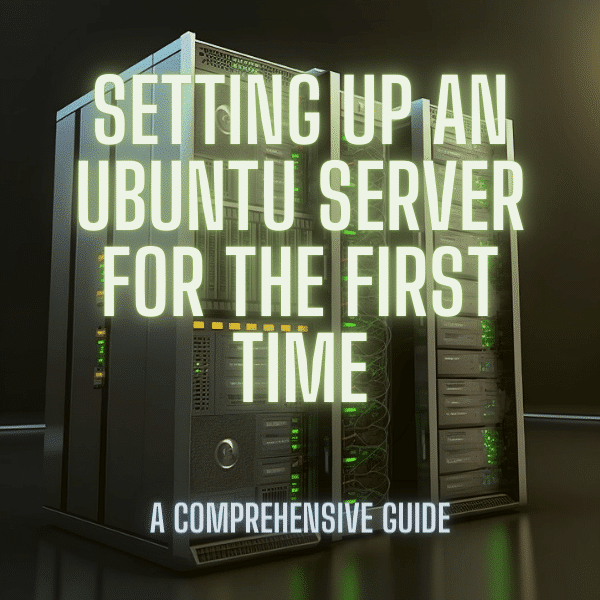
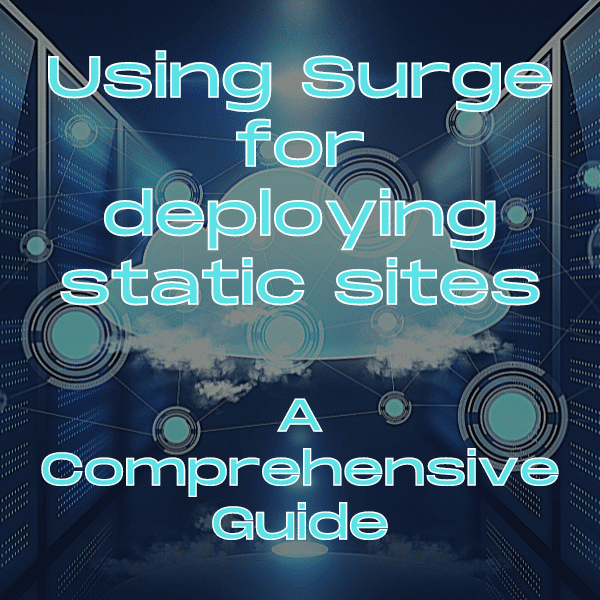

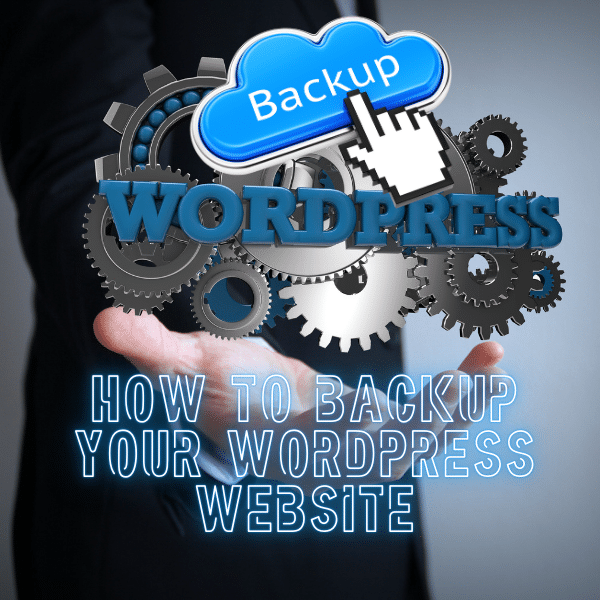

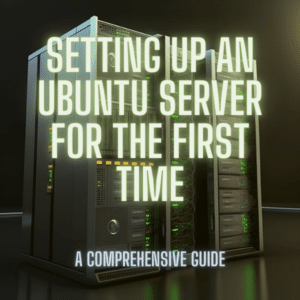


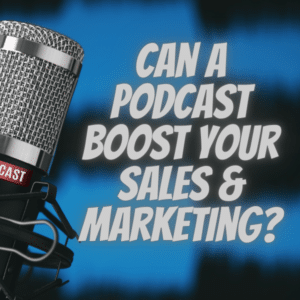


2 Comments
magento is a good platform for e-commerce websites.
One more update last time to migrate your Magento 1 to Magento 2 is 1 in June 2020